The gastrointestinal tract is of great importance to our health and wellbeing, but many patients are wary about the endoscopic exams that they often associate with considerable discomfort. And indeed, in many cases, the current methods require general anesthesia and can be challenging even for medical professionals. Electronic pills – microsystems for diagnostics and therapy – could provide a remedy in more than one sense.
The Fraunhofer Institute for Reliability and Microintegration IZM has been involved in the development of pill microsystems for over 10 years and supports medical technology partners with its expertise around microtechnology and innovative integration processes. Dr. Andreas Ostmann, head of the System Integration and Interconnection Technologies department, gave RealIZM an insight into various electronic pill development projects that Fraunhofer IZM has been involved with to date.
Electronic pills are used for both diagnostics and treatments of gastrointestinal condition. Their design varies depending on the application. Pills can be equipped with microcameras, for example, to support endoscopic imaging, while so-called reservoir pills are used for therapeutic purposes. The latter contain medication in liquid form, which is released with the help of actuators (micropumps). Precise, accurate, and reproducible dosing of active pharmaceutical ingredients in the intestine opens up new treatment approaches.
Packaging pill microsystems
When developing pill microsystems, microtechnologists are faced with the challenge of having to integrate a lot of technology in a very crammed space. Simply to make the oral intake of so-called “pill cameras” safe and painless for patients, their size should ideally be no more than 10 mm in diameter and 25 mm in length. To integrate the necessary components on the circuit board, the researchers can use one of three packaging approaches to match the application. Double-sided SMDs mounted on a narrow PCB are suitable for pill microsystems with a smaller range of functions and a short service life. More complex pill systems expected to operate for several hours, on the other hand, require stacked 3D components. These can be realized either with a fold-flex technology or with micro plug-in connections.
Left: Schematic structure of a double-sided SMD pill © Fraunhofer IZM
Center: Schematic structure of a folded flex pill © Fraunhofer IZM
Right: Schematic structure of a pill with stacked PCBs with embedded components. | © Fraunhofer IZM
In addition to laying out the right geometries for each given application, the researchers at Fraunhofer IZM also carry out reliability analyses, biocompatibility assessments, and risk assessments in accordance with ISO 14971.
Modular endoscopy capsule for small intestine diagnostics – “endoTrace” research project
The small intestine, which – despite its name – is around 5 to 6 meters long, is out of reach for conventional endoscopic procedures. Fraunhofer IZM, together with its project partners Ovesco Endoscopy AG and AMS, has developed a highly integrated, pill-shaped camera system for a pain-free and uncomplicated examination of the digestive tract in the BMBF project “endoTrace”.
The pill moves through the body over the course of several hours, propelled by the natural bowel motion called peristalsis. Every time it moves by two or three millimeters, the pill’s onboard cameras record high-resolution images of the intestinal wall. During the original project work in 2016, this was done using a timer, regardless of whether the capsule endoscope was actually moving or not. Instead of the several thousand photos captured before, the new pill camera now reduces the amount of data captured by half, which speeds up diagnosis.
The candy-sized pill contains high tech, crammed into the smallest of spaces. In total, there are five cameras, a tracer, an LED light, an FPGA for image compression, flash memory for image storage, a microcontroller, and three micro-batteries in a capsule measuring just 10 mm x 20 mm. The cameras are partially tilted to expand the field of view, and the resulting images are stored on board the capsule. A combination of embedding technology, module stacking, and semi-flex printed circuit board brings the individual components together in a compact, miniaturized system.
Left: Schematic structure of the camera pill “endoTrace” | © Fraunhofer IZM
Right: Stacking of the electronic components, cutaway view | © Fraunhofer IZM
Magnetic gastroscopy using a camera pill – “nuEndo” research project
In the BMBF-funded “nuEndo” project, Fraunhofer IZM scientists, joined by project partners Ovesco Endoscopy AG, SENSODRIVE GmbH, and the Robert Bosch Hospital in Stuttgart, developed a functional demonstrator of a camera pill for tubeless gastroscopy, colon cancer screening, and the medical examination of the entire gastrointestinal tract.
Two technological challenges had to be overcome in the development of the nuEndo capsule. One key task was to design the battery’s capacity in such a way that it would last for at least 20 minutes when operating the lighting, image capture, data processing, and transmission technology. Another was to ensure a high enough data rate for smooth image transmission in real time.
An integrated magnet makes it possible to steer the camera capsule through the gastrointestinal tract using a linked guide arm. The medical staff essentially use magnetism to move the capsule around inside the patient’s body and to look around and record images in real time. If necessary, therapeutic interventions could even be carried out immediately using a tube endoscope.
The electronics, camera, and magnet were integrated into a semi-flexible circuit board. This was folded around the battery to leave enough space for the power source. The pill’s smooth surface and its diameter of only around 11 mm make swallowing easier. Tubeless diagnostic procedures like this are much gentler on patients. Oral ingestion of a capsule is a natural process. The previously complicated insertion of a tube endoscope is no longer necessary. In addition, the examination, which takes place after the patient has swallowed the capsule, can be carried out without anesthesia, making it possible for use as an initial diagnostic tool by trained GPs.
Left: Semi-flexible circuit board with components | © Fraunhofer IZM
Center: Semi-flex printed circuit board with 3D stacked modules; empty space battery and magnet | © Fraunhofer IZM
Right: “nuEndo” capsule closed in size comparison with a 1-cent coin | © Fraunhofer IZM
Modular system for precise drug dosing – “e-Pille” research project
In 2021, the Fraunhofer Society launched the “e-Pille” research project to optimize formulation for new drugs administered orally. Under the leadership of Fraunhofer ITMP, the institutes Fraunhofer EMFT and Fraunhofer IZM came together to research innovative approaches to tracking drug absorption and improving drug therapy. The project will run into 2024.
In future, electronically controlled capsules can be used as an alternative to intubation. An electronic signal can trigger the release of test drugs at the desired location in the gastrointestinal tract. The idea is not new. Until now, however, such capsules used to be bulky and difficult to swallow. The aim of this research project is to use miniaturization and innovative packaging technologies to reduce the size of the capsule to the size of a typical multivitamin pill. At the same time, the researchers had to take care to make sure that medication could be dosed in a precise, accurate and reproducible manner. To accommodate the versatile functions of the “e-Pille”, the scientists opted for a modular system. Pluggable modules with integrated components make it possible to work in parallel on various functions (e.g. the power supply, the logic microcontroller, sensors, and memory as well as the pump driver) and on two concept variants (“research pill” and “pharmaceutical pill”).
The “research pill“ was designed for a target size of 10 mm x 27 mm. It is intended for precise software-controlled drug dosing for pharmaceutical studies. It consists of two capsule elements that are plugged together – a fluidic half and an electronic half. The battery cap is attached to these and glued in place. The fluidic side consists of a 3D-printed reservoir cap made of biocompatible material, with the fluid distributor glued on. On the electronics side, the individual components are arranged three-dimensionally using a folded flex or stacked PCBs with embedded components. This makes it possible to build complex systems with a service life of several hours.
The “pharma pill” is intended to enable patients to take an optimal daily dose of their medication. It is essentially the “research pill“ taken to the next level: Its diameter is only 7 mm, while its length varies depending on the amount of medication required. In order to ensure cost-effective and simple production, the “pharma pill” will consist of fewer components. A conclusive study is planned by the end of 2024.
As part of the “e-Pille” project, the researchers are also addressing issues relating to material and process-related environmental impacts. Among other things, there are plans to develop a model for life cycle analysis (e.g. material quantities, dimensions of ICs and substrates), to assess the global warming impact, and to carry out a risk assessment of the final phase of the product (e.g. impact on waste and wastewater systems).



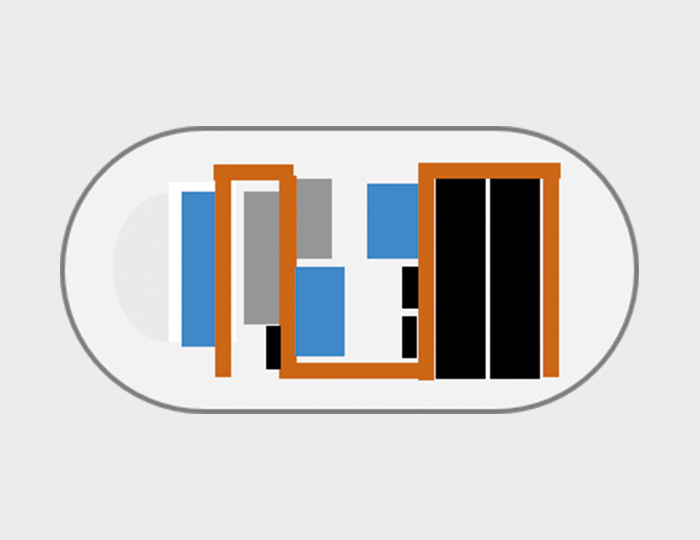
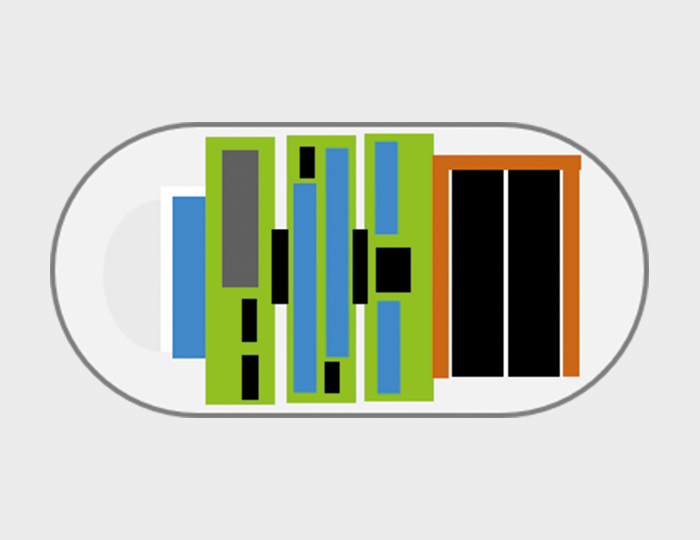
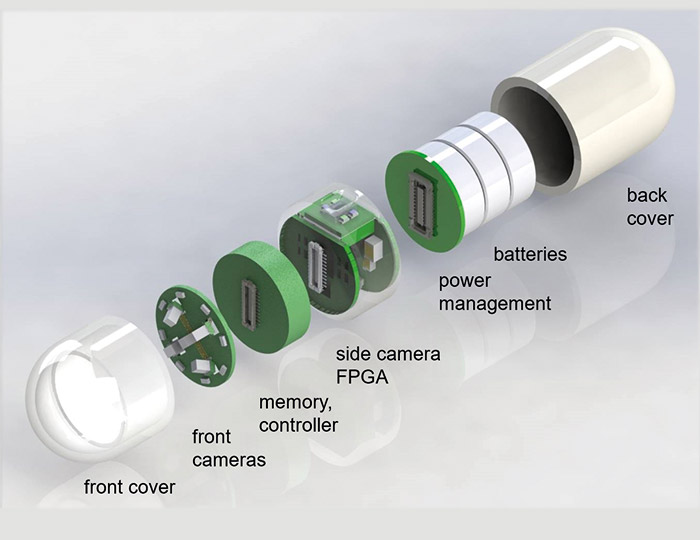
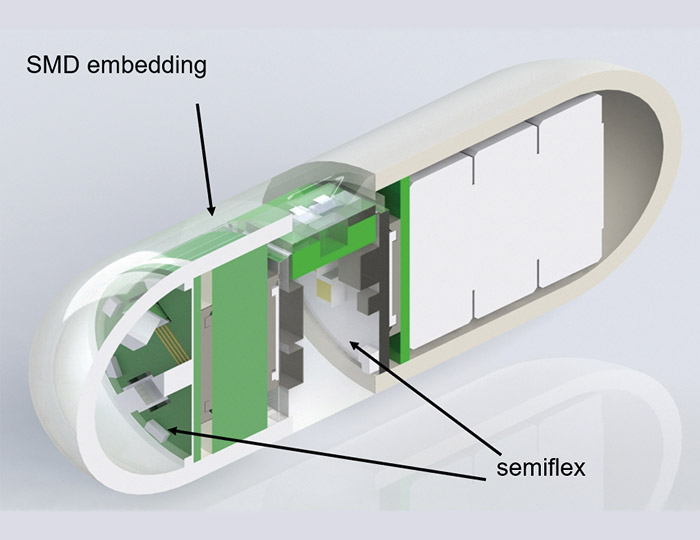
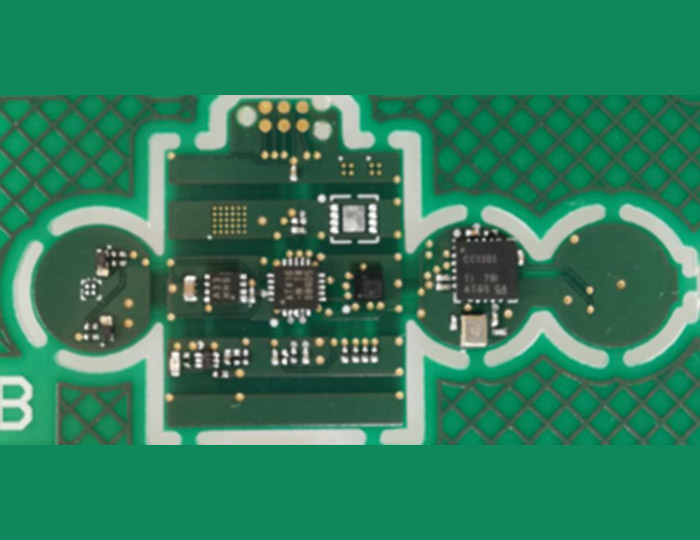
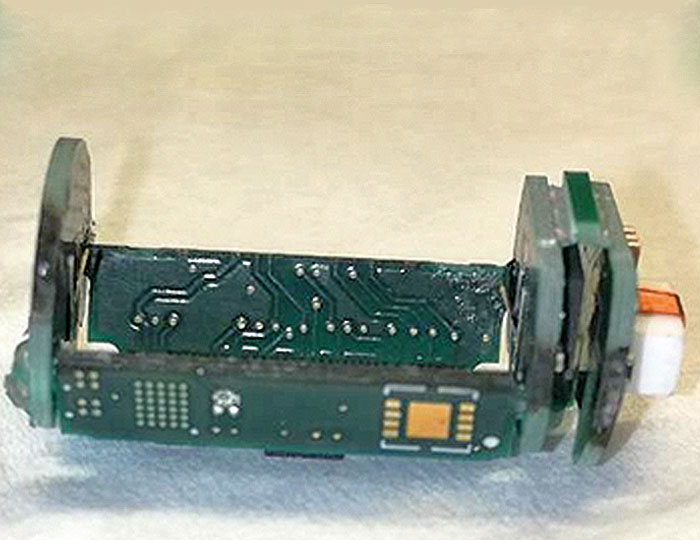
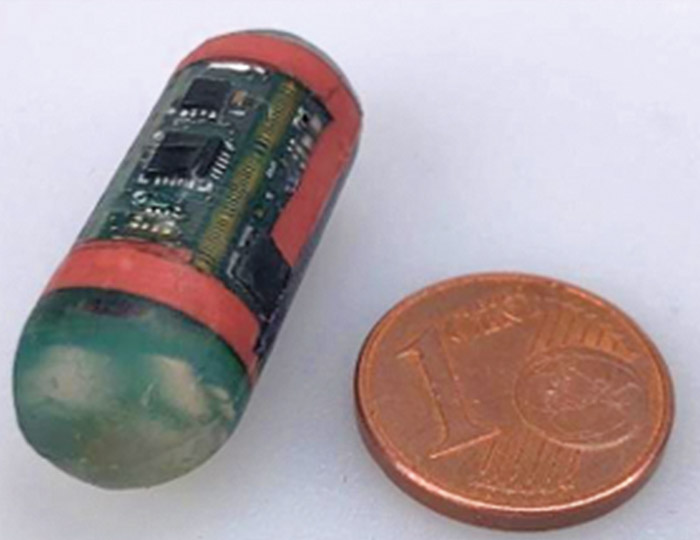



Add comment